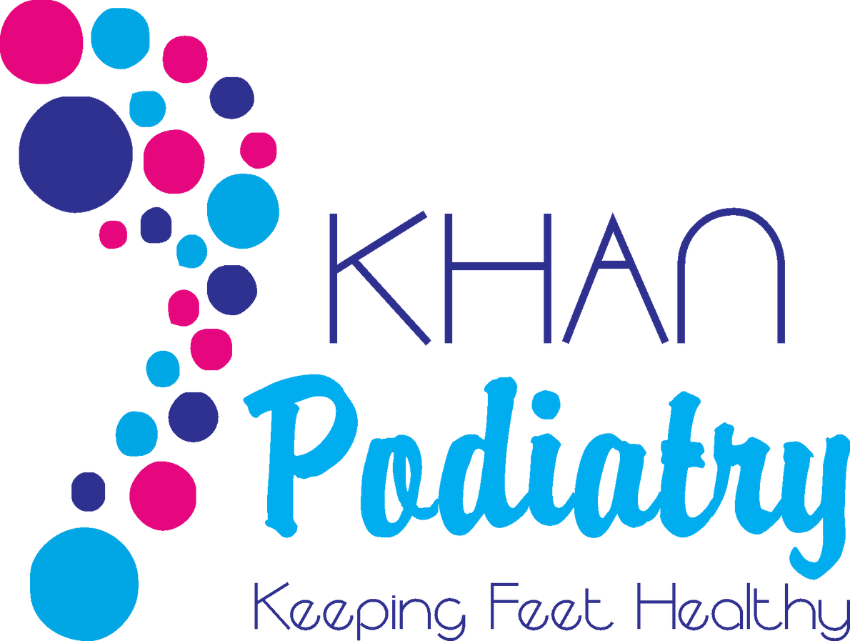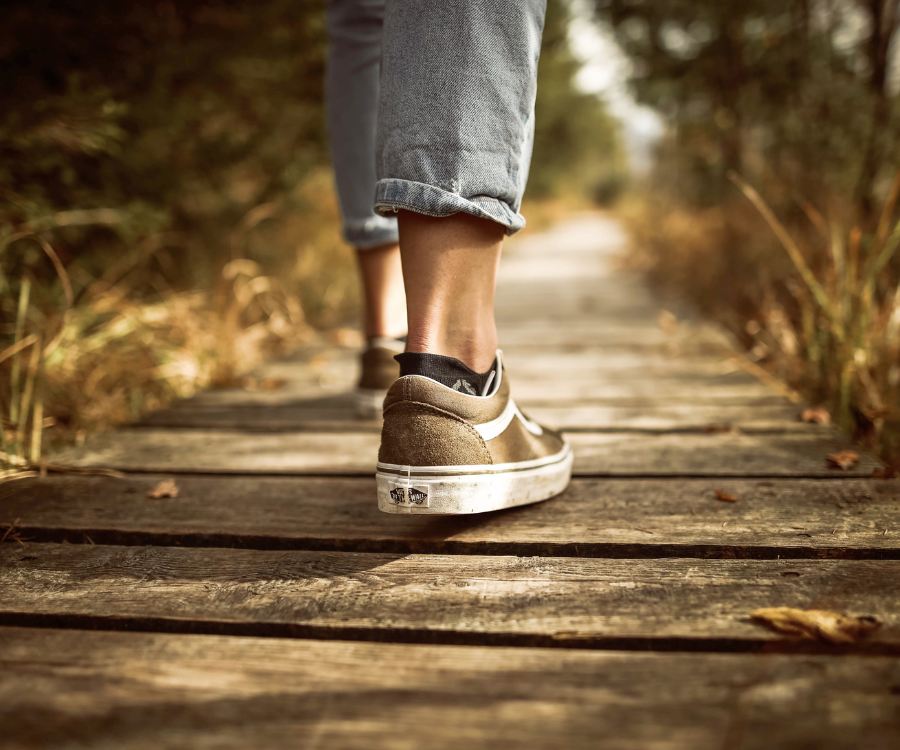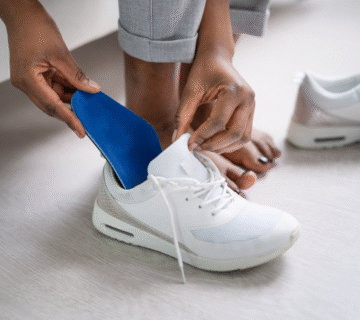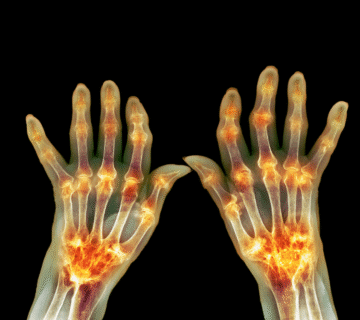Standing for hours, whether for work or an active lifestyle, can take a serious toll on your feet, knees, hips, and back. If you’re experiencing fatigue, aches, or developing conditions like plantar fasciitis, your footwear is the first place to look.
The good news? You don’t have to suffer in silence! We’ve gathered podiatry-approved tips and features to help you find the best shoes for standing all day, ensuring comfort, support, and long-term foot health.
🔑 The Podiatrist’s Checklist: 5 Must-Have Shoe Features
When you’re constantly on your feet, the perfect shoe acts as a critical shock absorber and stability agent. Forget flimsy flats or overly soft sneakers—here’s what the experts recommend:
1. Superior Cushioning, But Not Too Soft
The Goal: Shock absorption and comfort.
While a soft midsole feels nice initially, it can compress too easily under all-day pressure, leading to fatigue. Look for shoes with a firm, responsive cushioning—like high-quality EVA or proprietary foam—that absorbs impact without collapsing. This is vital for standing on hard surfaces like concrete.
2. Excellent Arch Support
The Goal: Even weight distribution and proper alignment.
Good arch support is the foundation of a healthy standing shoe. It helps distribute your body weight evenly, reducing stress on the heel and forefoot, and prevents common issues like overpronation (when your foot rolls inward).
- Tip: A shoe with a removable insole is a bonus, as it allows you to swap in custom or high-quality over-the-counter orthotic insoles for personalized support.
3. A Wide, Deep Toe Box
The Goal: Natural toe splay and injury prevention.
Your toes need room to move naturally, especially after a full day of standing when your feet might swell. A spacious toe box prevents crowding, rubbing, and pressure that can lead to bunions, corns, or ingrown toenails.
- Pro Tip: Your longest toe should have about a thumb’s width of space between it and the end of the shoe.
4. A Firm Heel Counter
The Goal: Stability and motion control.
The heel counter is the stiff cup that wraps around the back of your heel. It should be firm enough to resist lateral pressure, holding your heel securely in place. A strong heel counter stabilizes the foot and ankle, preventing excessive movement that causes friction and discomfort.
5. Low-to-Moderate Heel Drop
The Goal: Relieve pressure on the Achilles tendon and plantar fascia.
The “heel-to-toe drop” is the height difference between the heel and the forefoot. Podiatrists often recommend a low or moderate drop (around 4mm to 12mm) as a completely flat shoe can place too much strain on the Achilles tendon and the plantar fascia, potentially causing heel pain. A slight elevation can help shift the pressure.
👟 Podiatrist-Recommended Shoe Categories & Brands
While every foot is unique, certain brands and styles consistently earn high marks from foot health specialists:
| Category | Recommended Features | Popular Podiatry-Friendly Brands |
| Athletic/Walking Shoes | Maximum cushioning, wide base, stable platform, rocker sole design (promotes smooth movement). | HOKA (e.g., Bondi, Clifton), Brooks (e.g., Ghost, Adrenaline), ASICS, New Balance (Fresh Foam lines). |
| Clogs/Work Shoes | Easy-to-clean materials, slip-resistant outsoles, anti-fatigue midsoles. Often feature a rocker sole. | Dansko, Alegria. |
| Casual/Everyday | Built-in orthotic footbeds, shock-absorbing soles, durable materials. | Vionic, Birkenstock (classic footbed), ECCO. |
💡 Smart Shoe Shopping Tips for All-Day Comfort
Finding the right pair is a process. Follow these practical tips for your next shopping trip:
- Shop Later in the Day: Your feet swell as the day goes on. Shopping in the afternoon or evening ensures you buy a shoe that will be comfortable even at your feet’s largest size.
- Measure Your Feet: Your size can change over time. Have your feet measured for both length and width with every new purchase. Always fit the shoe to your larger foot.
- Wear the Right Socks: Try shoes on with the type of sock you plan to wear during your shift or activities.
- Test the Bend: Pick up the shoe and try to bend it. A good shoe for standing should only flex (bend) across the ball of the foot. If it twists easily in the middle, it lacks the stability your feet need.
- Don’t Wait for a ‘Break-In’: A quality, well-fitting shoe should feel comfortable immediately. If you’re relying on a painful “break-in” period, the shoe is likely not the right fit or design for you.
The Takeaway: Investing in high-quality, supportive footwear is an investment in your whole body health. Prioritize cushioning, stability, and proper fit over fleeting fashion trends. Your feet—and your body—will thank you for it!





No comment